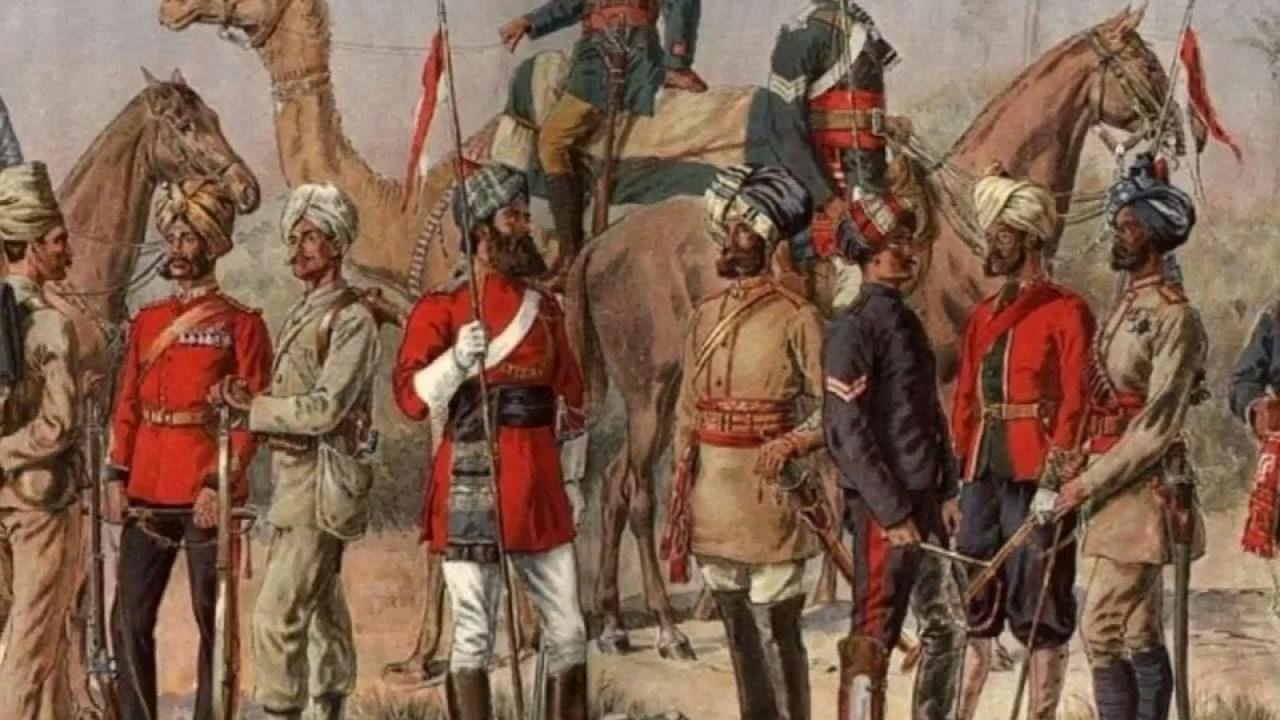British Rule in India: What You Need to Know
British rule in India lasted almost two centuries, and its echo is still felt in daily life, politics, and culture. From the first trading posts to full‑blown governance, the story is a mix of battles, agreements, and everyday changes that reshaped a whole subcontinent.
How British Rule Started
The British East India Company set foot on Indian shores in the early 1600s, initially just a trading outfit. Over time, the Company got caught up in local power struggles, backing one ruler against another to protect its interests. The turning point came after the Battle of Plassey in 1757, when a small British force helped install a friendly local leader and secured a foothold in Bengal.
From there, the Company expanded its reach through a blend of wars, treaties, and annexations. The infamous Doctrine of Lapse let them claim territories when a ruler died without a natural heir. By the mid‑1800s, the Company controlled vast regions, handling everything from tax collection to law enforcement.
But the Company's rule wasn’t smooth. Exploitative taxes, cultural insensitivity, and the 1857 revolt—often called the First War of Independence—forced the British Crown to step in. In 1858, the British government took direct control, marking the start of the Raj, a period when the British monarch reigned over India.
Lasting Effects on Modern India
British rule introduced a uniform legal system, railways, telegraphs, and a modern bureaucracy. These tools helped knit the country together, making travel and communication quicker than ever before. At the same time, the English language spread, creating a new class of educated Indians who later led the independence movement.
Economically, the British reshaped agriculture to serve their factories, turning India into a raw‑material supplier. This left many farmers in debt and created regional imbalances that still show up in today’s economy.
Socially, the British codified many practices, sometimes freezing traditions that were previously fluid. Their census and administrative divisions laid the groundwork for the states we see now. The railway network, built to move troops and goods, became a lifeline for independent India’s growth.
Politically, the struggle against British rule birthed a mass movement led by figures like Mahatma Gandhi and Jawaharlal Nehru. Their ideas of non‑violent protest and democratic governance still influence Indian politics and civil society.
In everyday life, you’ll notice British influences in the legal jargon, the railway timetables, and even in foods like tea and baked goods. While the period was marked by exploitation and resistance, it also set up structures that helped India emerge as a large, diverse democracy.
Understanding British rule isn’t just about dates and battles; it’s about seeing how a foreign power reshaped a nation’s institutions, mindset, and future. By looking at the past, we can better grasp why modern India works the way it does and where the next challenges might arise.
Published on Jul 19
0 Comments
Life in British India was a blend of fascinating cultures, although marked by stark inequalities. The British brought advancements like railways, telegraph, and education, yet it was primarily for their benefit. Indians were subjected to high taxes and discrimination, driving many into poverty. Despite this, a fusion of British and Indian lifestyles brought about a unique societal evolution. It was a time of significant change, both progressive and regressive, that shaped the India we know today.
